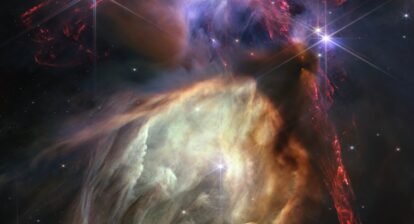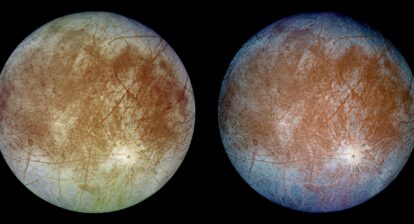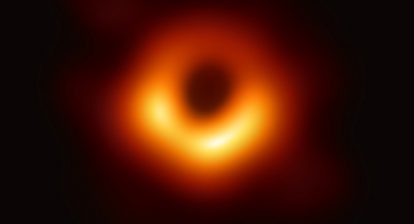In these cool computer simulations, scientists show eight stars skirting a black hole one million times the mass of the Sun and you can see what happens to them in this video.
According to NASA Goddard, “as they approach, all are stretched and deformed by the black hole’s gravity. Some are completely pulled apart into a long stream of gas, a cataclysmic phenomenon called a tidal disruption event. Others are only partially disrupted, retaining some of their mass and returning to their normal shapes after their horrific encounters.”
“These simulations are the first to combine the physical effects of Einstein’s general theory of relativity with realistic stellar density models. The virtual stars range from about one-tenth to 10 times the Sun’s mass. The division between stars that fully disrupt and those that endure isn’t simply related to mass. Instead, survival depends more on the star’s density.”
The stars with the highest density are yellow, and those with the lowest are blue.
“Scientists investigated how other characteristics, such as different black hole masses and stellar close approaches, affect tidal disruption events. The results will help astronomers estimate how often full tidal disruptions occur in the universe and will aid them in building more accurate pictures of these calamitous cosmic occurrences.”
For example, it will help them figure out what happens after partial disruptions i.e when a star survives the encounter with the black hole will it turn into a stellar remnant or not and if it will continue to orbit the black hole untill finally being destroyed later. The simulations accompany a study that was conducted in 2020. Here are the details from NASA.







